Articles
Failing Successfully By Stella Osoba
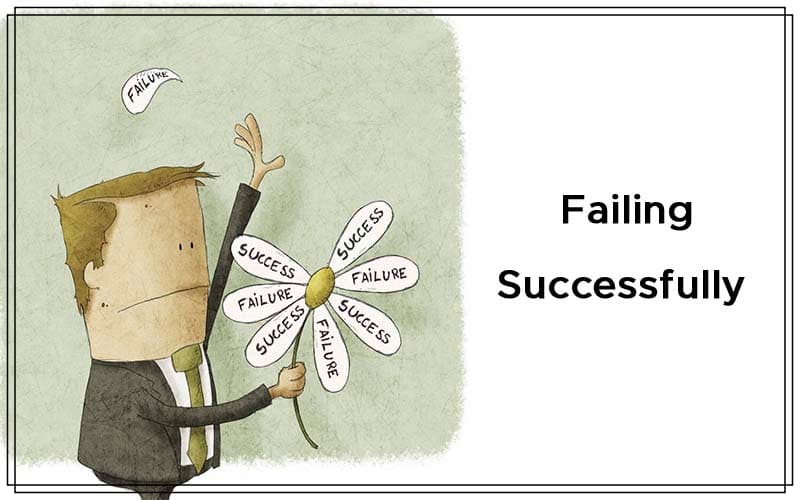
We’re groomed to think of losses as a sign of failure, which is why trading is difficult. But experiencing losses is part of a trader’s life and is something you have to accept. Here’s how to approach the idea in a healthy way.
To others, being wrong is a source of shame; to me, recognizing my mistakes is a source of pride. Once we realize that imperfect understanding is the human condition, there is no shame in being wrong, only in failing to correct our mistakes.—George Soros
BEING WRONG, MAKING MISTAKES, FAILING
We live in a society where the cult of success is worshipped. But what is often hidden are the failures that go into creating that success. Failure is often not understood and cultivated as a process that is integral to the creation of exceptional results. Many of those who come to trading have succeeded in their day jobs, and they expect success to come to them in trading in much the same way it came in their other endeavors. But often this is not the case, for nowhere is it more essential to develop a strategy for building mental strength than it is in trading.
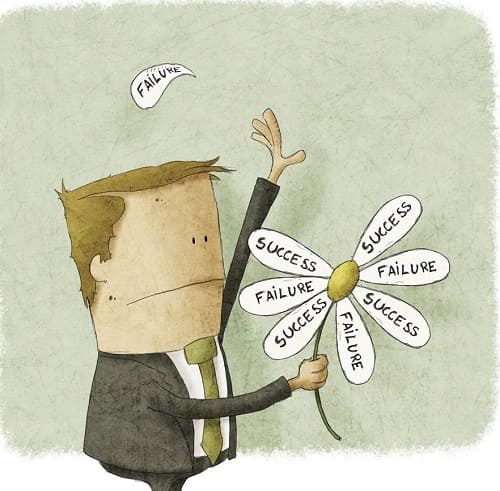
And that means embracing failure, for failure is an essential stop on the road to mastery, and in the financial markets, mastery is the only road to success. To succeed you must fail, you must fail often, and you must fail strategically. This article will show the retail trader how to approach the idea of failing successfully.
We all want to be right. We want to enter a trade on a reversal, stay with that trade and multiply our account countless times with little effort. We want to be able to brag about our successes in the market, to tell others how our unique brand of smartness led us to make that million-dollar gain on one trade. Maybe we dream of walking out of our day jobs to pursue the dream of living in a tropical paradise, lying on a beach with a laptop by our side to monitor our trades. We dream of watching our accounts grow as we make trade after successful trade. This has to be possible, we think, for we are smart. After all, we have succeeded at many other things in life; maybe we are doctors, or lawyers, or nuclear physicists.
When we look at the charts, we can clearly see the trends. We may think that we have only to start and learn a few rules to succeed. But success in trading is often far more elusive than we think it should be. Statistics show that most traders fail. Why is this? Why is it so difficult to make trading riches and why do so many people fail trying?
OUR UNENDING QUEST FOR RIGHTNESS
We go through life assuming that we are mostly right. We equate being right with good, being wrong with bad. Rightness is pleasurable, it pumps up our egos, it enables us to feel good about ourselves, enables us to feel confident about our place in the world. When we were in school we were taught to look for the correct answers to questions. Success was rewarded with a passing grade. Failure was undesirable. If you failed, you felt stupid, inadequate, and you had to repeat the class. So you went through school learning that to be respected, acknowledged, and to succeed, you needed to be right. You needed to learn about the hoops society expected you to jump through and to learn how to be a good hoop jumper. There were right answers for every subject and wrong answers for every subject. Right was good, wrong was bad. It was that simple. You came out of school and your day job also rewarded right answers. You play it safe because that is how the game is played and you get the promotions and rise through the ranks.
Suggested Books and Courses About Psychology and Risk Management
But when the work fails to be satisfying and you look around for a way to make your riches, you think about trading and reason that the same skills that got you through school exams with good grades and got you promotions on your job should be enough to enable you to succeed in the financial markets. Surely, the skills of life are transferable, you reason. And so you open a brokerage account, subscribe to a couple of newsletters, find a trading system that promises to return good results, and begin to trade. Failure, you reason, is not an option. You will succeed at trading in the same manner that you have succeeded at everything else. But reality rarely follows your mental script. If you are lucky, you will fail early. It is through mastering a skill that was never taught in school—failing successfully—that you can hope to evolve into the kind of trader who can consistently beat the market.
Trading is often spoken of as a zero-sum game because what one person wins, someone else must lose. There are always two sides to a trade. Every trade must have a counterparty who is willing to take the other side of the trade. For this reason, you can look at any trade and figure you have a 50% chance of being on the right side of the trade. If your trading system gives you wins 50% of the time, you can still make a lot of money trading, yet many don’t. Even the institutions with their algorithms expect their trading systems to lose anywhere from 30% to 70% of the time, and yet they are still profitable. Therefore, in order to trade successfully, it is not the number of times you are in a losing position that determines your ultimate success, but the ability to master what to do when you are in a losing position.
IT’S OKAY TO LOSE
Recognizing that the inability to deal with failure successfully is a handicap to our success as traders is perhaps the most important lesson a trader will learn. If we expect 50% or more of our trades to fail, then it is statistically possible to have a series of five, maybe even 10 or more consecutive failing trades. Preparing ourselves for failure is essential to being able to manage the stress of trading successfully. With any discretionary trading system, you should have a setup and an entry price. But you should also have in mind a price level below/above which price should not go. This is the price at which you exit the trade, no matter what. This is where you set your stops, mental or otherwise.
To succeed you must fail, you must fail often, and you must fail strategically.
Once it is hit, the trade has failed and you are out. But once out, be prepared for anything to happen. Study the chart as though you had not made the first trade and if a new setup and entry forms, you should be prepared to go back into the trade if your new stop will not expose you to too much risk. When studying the charts, you want to force yourself to stay in the present as much as possible. Every new bar that is formed on the chart carries within it information that potentially creates a new set up. Staying in the present and being prepared for all contingencies is the only way to trade successfully.
COGNITIVE BIASES
The reason that trading can be so difficult is because even though it appears to be deceptively simple, it isn’t. Many of the causes of failure are the result not of the trading system employed, but of cognitive biases. Cognitive biases are systematic errors in our thinking that lead us to act in predictably irrational ways. These biases are insidious because we are often not aware of them or their influence on our thinking unless we have trained our minds to be alert to our thought processes. But many trading systems do not account for cognitive biases in their methods. Biases such as the endowment effect can work against us in trading, causing us to ascribe more value to a position because we own it.
This prevents us from getting out of a position when we should. Fear of failure is another bias that can prevent us from entering a position when we should because we fear being wrong. Fear of regret can lead us to enter a position when it has moved too far from our stop, thereby increasing our risk. Loss aversion is another bias that can cause us to hold onto a losing position too long because we are unwilling to take a loss. Studies have shown that, on average, we feel the pain of a loss 1.5 to 2.5 times more than the pleasure of a gain. These and many other biases actively work against us to reduce our chances of success in trading.
Often, when a trader has made a series of unsuccessful trades, he will then go looking for a “better” trading system. But trading is more of a psychological game. Many trading systems work some of the time. But misapplied, trader psychology will jeopardize all trading systems.
One thought on “Failing Successfully By Stella Osoba”
Leave a Reply
You must be logged in to post a comment.

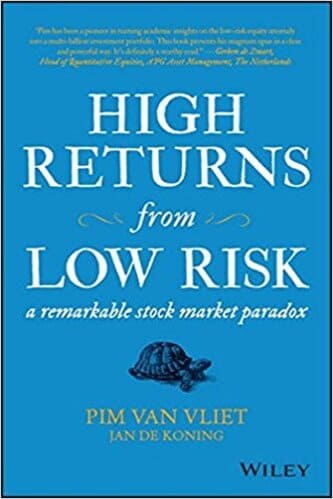
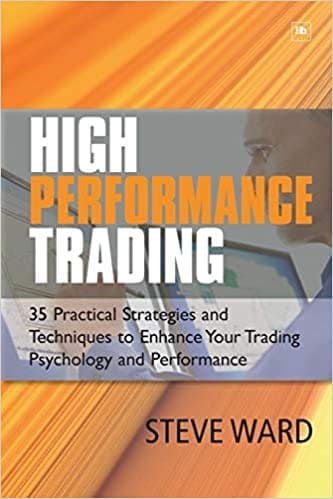
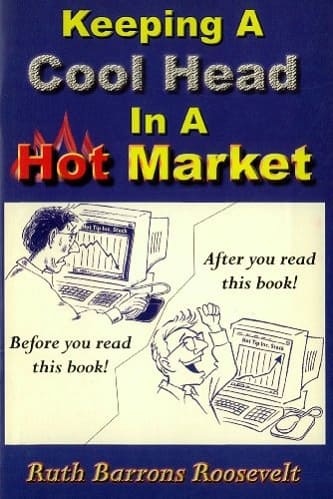
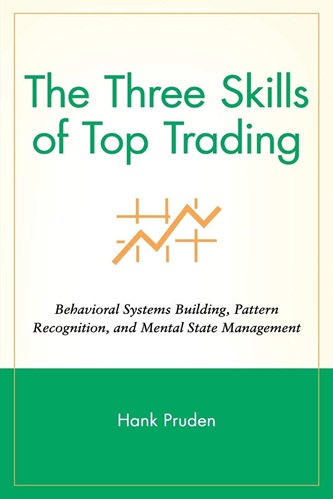
Very true
Many fail because of EGO, they want to SELL at the HIGH !
and BUY at THE LOW !